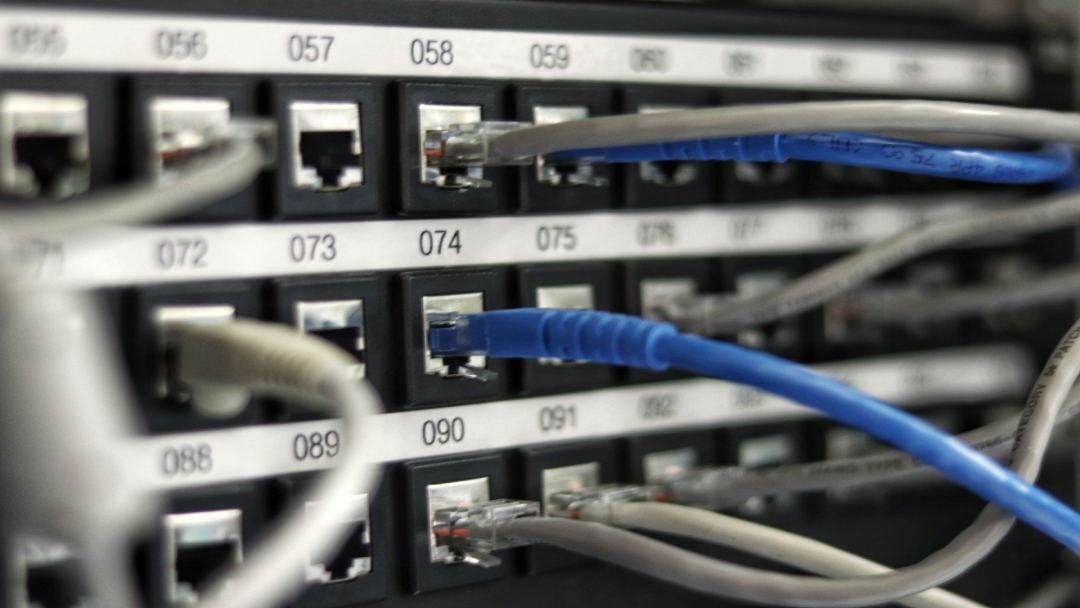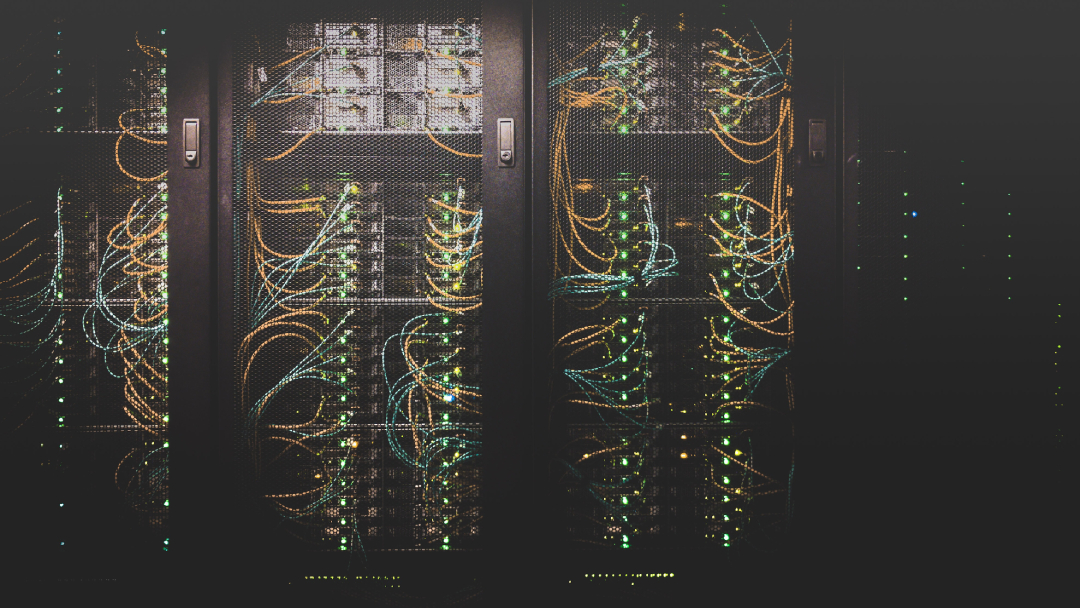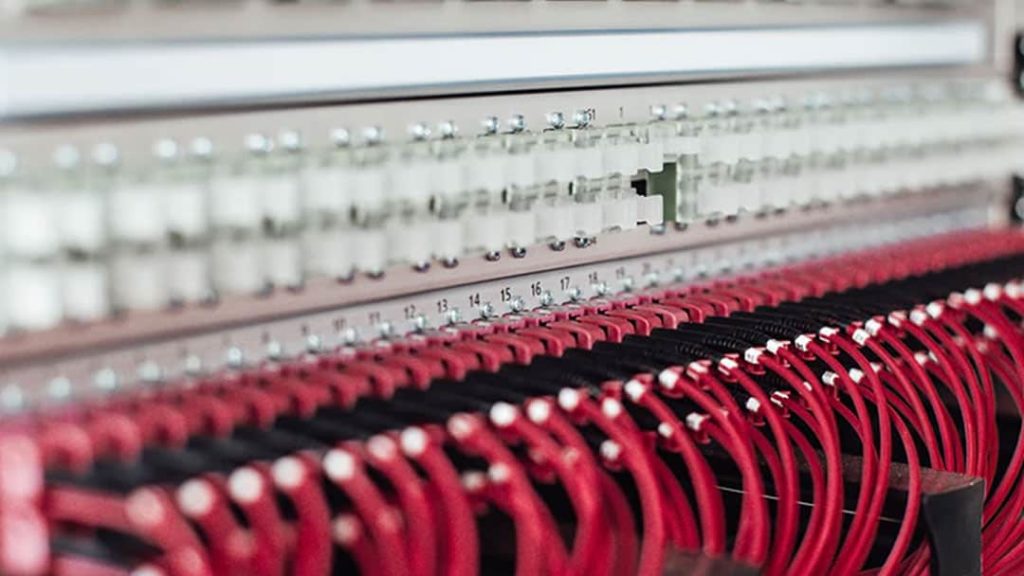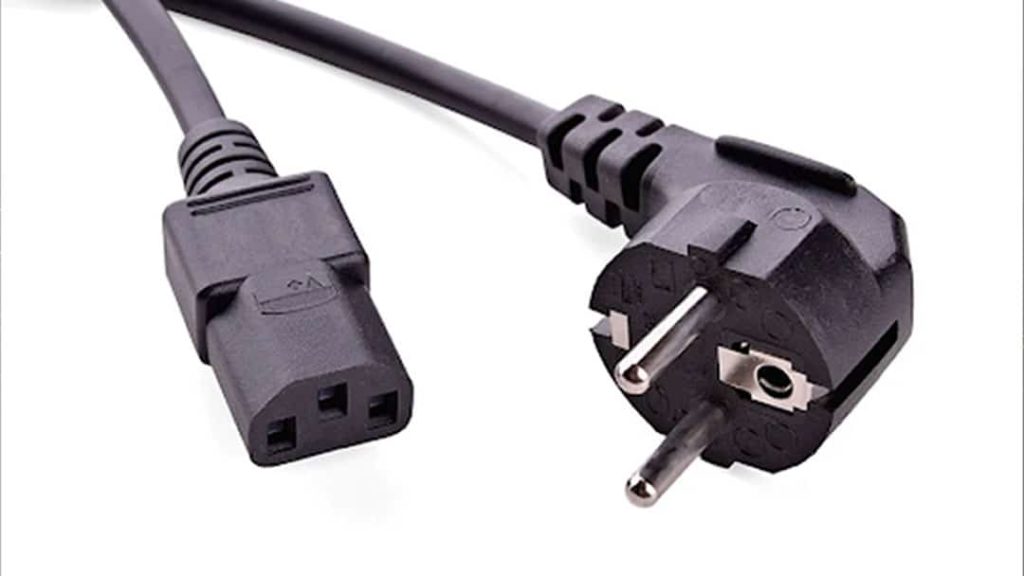As more people use the internet, the workload that data centers need to handle rises steadily. Part of this concerns the increased number of internet users who create and sort through data.
However, it also has to do with the rise of new technologies, like cloud computing, big data, and mobile internet. In the past, 400G (or even 800G) optical transceivers seemed excessive. But these days, more and more vendors are beginning to adopt them.
So precisely what are 400G optical transceivers? And what are the different categories? This guide will explore the answers to these questions and more. That way, you better understand the future of optical transceivers. Let’s dive in!
What Are 400G Optical Transceivers?
First, let’s get the basic definitions out of the way. The 400G Optical Transceiver refers to a specific type of optical module that can send and receive data at a rate of four hundred gigabytes per second.
The port on a 400G Optical Transceiver can come with many different configurations depending on the setup. Some popular ones you’re likely to encounter include:
- 4 x 100 gigabytes
- 8 x 50 gigabytes
- 16 x 25 gigabytes
It’s common to see these types of transceivers used in data centers requiring much transmitting power.
How Are 400G Optical Transceivers Different From Other Optical Modules?
The most significant difference between 400G Optical Transceivers and other models, like the 10G or 25G, is their carrier applications. Things like 10G transceivers are used for single-carrier applications, while 400G ones tackle the far more complex multi-carrier applications.
Because they’re designed for multi-carrier applications, the 400G Optical Transceivers are much more expensive than their older counterparts. If you want to learn more about multi-carrier digital communication, you should check out this helpful resource here.
Related: Hot Site vs. Cold Site Differences You NEED to Know

What Are the Different Categories of 400G Optical Transceivers?
If we know more about 400G Optical Transceivers, we can start discovering more about the different categories. These categories are also known as the other form factors. Let’s take a closer look at them.
Are you planning to create a new data center? If so, follow this guide to learn everything you need to know about which cabling and transceivers you should use.
400G OSFP Transceiver
This word OSFP stands for Quad Small Form Factor Pluggable, an older version of the 400G optical transceiver. There are two significant problems with this type of transceiver. First, it’s pretty large, which makes it a problem for data centers that don’t have the space to house it.
Second, it’s not compatible with optoelectronic interfaces. As such, we recommend sticking with the 400G QSFP-DD Transceiver. This option is better suited for short-distance cabling setups.
400G QSFP-DD Transceiver
The stands for the same thing as the 400G QSFP Transceiver; however, the two extra D’s stand for double density. It’s called this and comes with an additional row of four-channel interfaces. As such, the 400G QSFP-DD Transceiver comes with a total of eight interfaces.
In addition to being lighter than the 400G QSFP Transceiver, it’s also compatible with its solutions.
Related: Data Integration Architecture for Smart Buildings
400G CFP8 Transceiver
Like the 400G QSFP-DD Transceiver, the 400G CFP8 Transceiver also supports up to eight channels. It was originally an extension of the 400G CFP4 Transceiver, which came with fewer channels.
It comes with data rates that reach four hundred Gbps, roughly the size of a credit card.
400G CDFP Transceiver
If you want a transceiver that doesn’t cost much and comes with high-density solutions, then make sure to check out the 400G CDFP Transceiver. This device comes with sixteen different channels and is hotly pluggable.
We recommend this type of 400G optical transceiver for data centers with many low-power applications. The tiny console and port-dense from make it great for these purposes. However, please don’t use it for high-power applications, or it will fail.
400G COBO Transceiver
The last option on this list is the 400G COBO Transceiver which stands for Consortium for On-Board Optics. The 400G COBO Transceiver is non-pluggable, which means that all of the components are found on the PCB of the device.
The most significant benefits are the model’s excellent heat dissipation and the tiny overall size. However, if a specific part fails, then it’s going to be quite a challenge to fix it properly.
How to Find a Quality 400G Optical Transceivers Provider
When looking for a 400G Optical Transceiver provider, the first thing you want to look for is experience. The longer a company has had time to experiment with 400G Optical Transceiver installation, the more advice it can provide regarding optimal power management.
Next, make sure they offer the specific factor that you want. Lastly, they should be sure to test all of the cables after installation. That way, you know that everything is operating at peak efficiency.
Where to begin when looking for 400G optical transceivers? Contact C&C Technology, and we’ll help you handle everything you need.

The Importance of 400G Optical Transceivers For Mega Data Centers
According to Forbes, two of the biggest challenges data centers currently face are a need for more readiness to upgrade and infrastructure challenges. The needs of the internet and the people that use it are developing too fast for many data centers to keep up.
That’s why it’s essential to consider new technology like 400G optical transceivers, mainly if your center deals with massive amounts of data. It might feel like a steep investment.
But remember that in a few years, these types of transceivers will likely become the standard. So by upgrading now, you’ll be able to get ahead of the curve.
Related: Renewable Energy For Data Centers: Everything You Need to Know
Last Updated on June 8, 2023 by Josh Mahan




